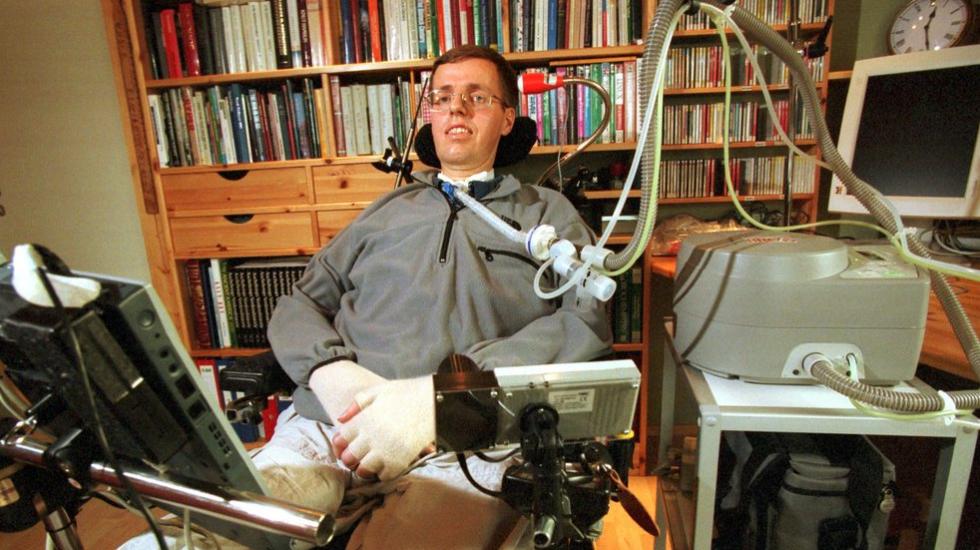
AAC and other forms of assistive technology open up opportunties for people with disabilities, enabling them to participate in the work force.
Photo: Per Villand Sigmund Krøvel-Velle / Hallingdølen, via Wikimedia Commons
Many times, workers with disabilities are “the right talent, right now.” However, hiring these workers is not only the right thing to do, but also, in the words of Sen. Ted Kennedy Jr., “Hiring people with disabilities is good business.”
Enter assistive technology. The aim of AT is to provide accessibility to people with disabilities, to enable them to perform everyday functions, such as mobility and communication. Examples include the following:
- The Candy 5 HD II electronic magnifier is a handheld video magnifier that maintains a high-resolution image as the user zooms in. The CANDY has a 5-inch HD LCD screen for both close-up (for text) and near-distance magnification. Such a device could help a stock clerk find and locate items efficiently and thoroughly.
- JAWS, a screen reader, can help an individual with a visual disability find a job by relaying online text, as well as run a small business, reading inventory on a computer to run that enterprise.
- Proloquo2Go, a symbol-based app for iPad and iPhone, which allows someone with cerebral palsy communicate out loud to managers and clients. This software is just one of many examples of augmentative and assistive communication (AAC) at work.
- The Livescribe 3 Smartpen, https://advopps.org/remember-smartpen-just-got-smarter/ an ingenious pen-like device that scans text and can record and play back speech helps persons with dyslexia or ADHD organize important information.
- A word-prediction software program called Co:Writer can help a person with limited hand mobility to compose a cover letter.
After all, the inclusion of people with disabilities in the workplace enhances the lives of people with disabilities and enables them to participate fully in society.


